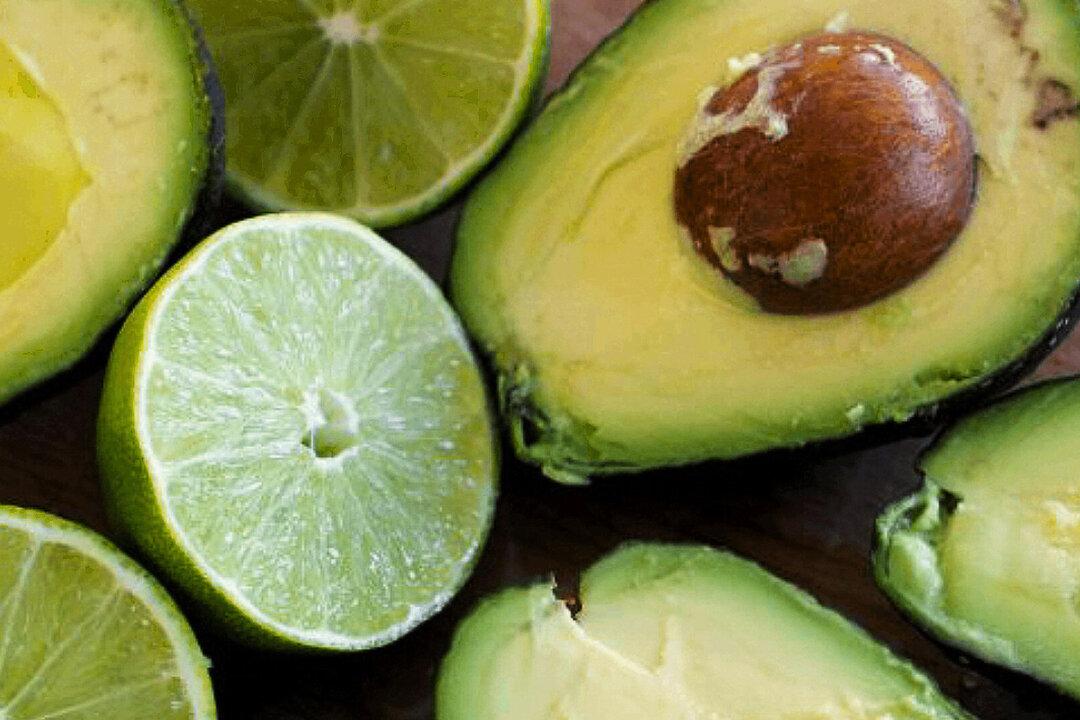Coinciding with the rise in consumption of the fruit, doctors are seeing more cases of the “avocado hand”—a condition that occurs when a person tries to remove the seed in a dangerous manner and ends up cutting their hand.
According to Hass Avocado Board, avocado consumption has tripled since 2000, with Mexico and the U.S. taking the biggest pieces of the avocado pie.





